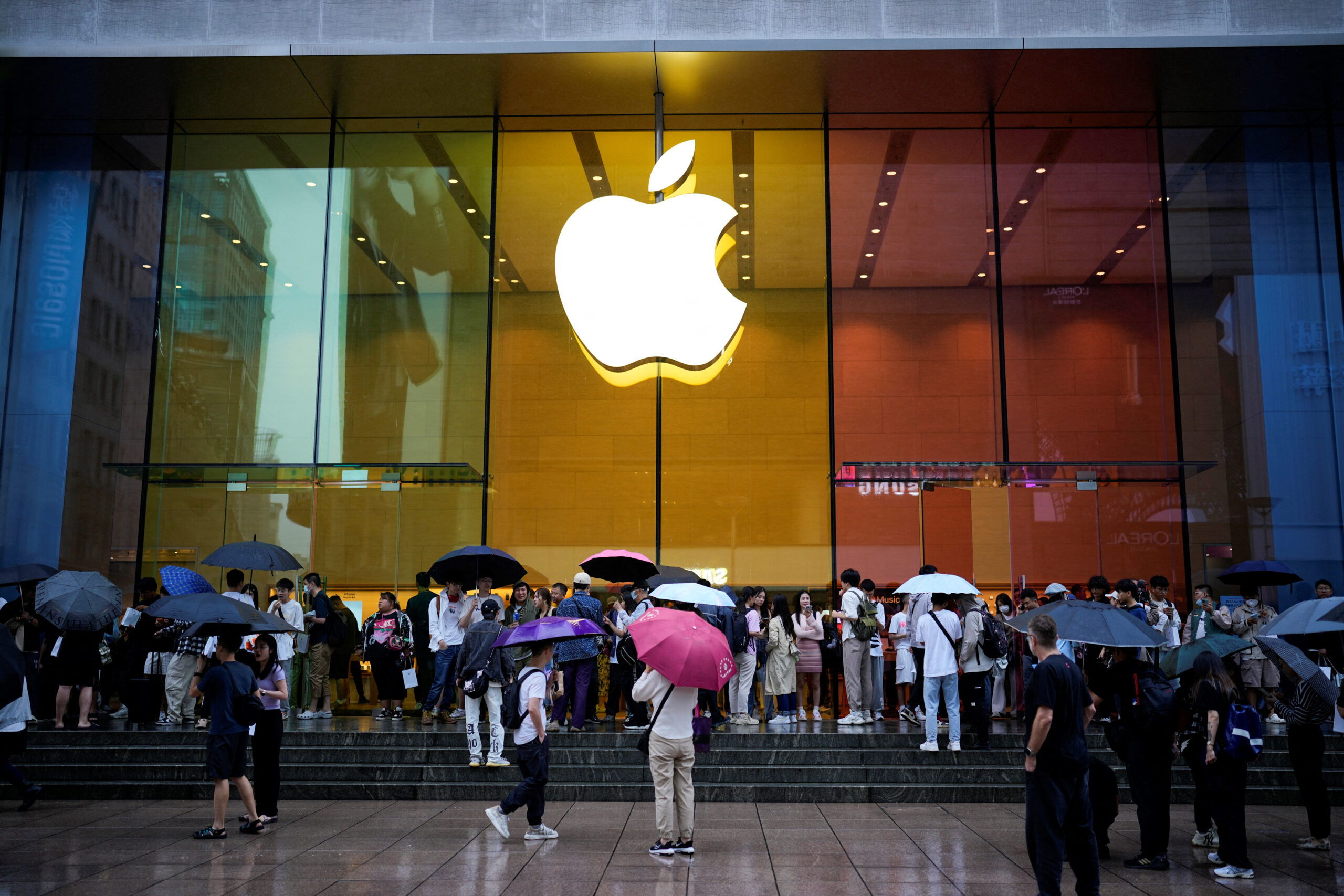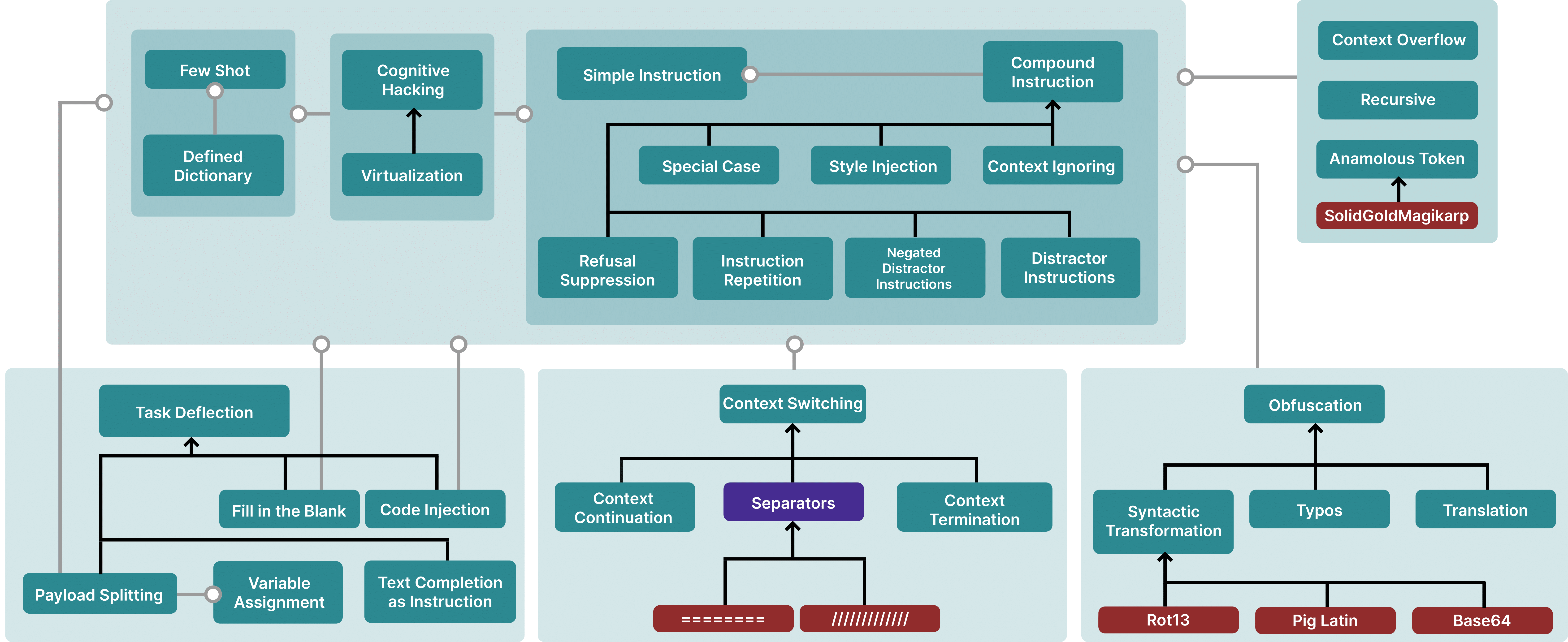[…]
Since Russia invaded Ukraine in February 2022, Europe has experienced an uptick in the number of large-scale disruptions of GPS and other global navigation satellite systems (GNSS). The disruption has been felt near the Mediterranean and Black Sea, and near the Baltic Sea and Arctic. Since December 2023, for instance, the Baltic region has experienced fairly consistent GPS jamming. That roughly coincided with Russian media reports that the Russian navy’s Baltic Fleet based in Kaliningrad – a Russian enclave located between Lithuania and Poland – was conducting electronic warfare exercises.
Such interference can include jamming of satellite signals to block service. It can also include “spoofing” of signals – a technique that can be used to make aircraft GPS receivers appear to be in completely different locations, says Zach Clements at the University of Texas at Austin. His analysis has shown that the Christmas-time GPS interference in Europe included multiple incidents of GPS jamming, along with a spoofing attack originating from inside Russia.
[…]
The newest record-breaking run of jamming in the Baltic region started on the evening of 22 March and lasted 63 hours and 40 minutes – until the afternoon of 25 March, according to an open-source intelligence analyst who uses the social media account Runradion. The attack included 24 hours of interference patterns spread across parts of Sweden, Germany and Poland, before a switch to more focused interference primarily covering Poland, which lasted for about 40 hours.
More than 1600 aircraft were affected by this record-breaking period of disruption, according to another analyst using the pseudonym Markus Jonsson. In an earlier incident on 13 March, a Royal Air Force aircraft carrying UK Defence Secretary Grant Shapps experienced GPS signal interference on both legs of a journey between the UK and Poland as the aircraft flew near Kaliningrad.
[…]
Improved awareness among airline crews when entering areas with known jamming or spoofing activities has helped reduce the risk, says a spokesperson from the European Union Aviation Safety Agency. The agency has also been working on strengthening GPS alternatives using ground-based or on-board inertial guidance systems.
Source: Unprecedented GPS jamming attack affects 1600 aircraft over Europe | New Scientist















 Figure 5: A Taxonomical Ontology of Prompt Hacking techniques. Blank lines are hypernyms (i.e., typos are an instance of obfuscation), while grey arrows are meronyms (i.e., Special Case attacks usually contain a Simple Instruction). Purple nodes are not attacks themselves but can be a part of attacks. Red nodes are specific examples.
Figure 5: A Taxonomical Ontology of Prompt Hacking techniques. Blank lines are hypernyms (i.e., typos are an instance of obfuscation), while grey arrows are meronyms (i.e., Special Case attacks usually contain a Simple Instruction). Purple nodes are not attacks themselves but can be a part of attacks. Red nodes are specific examples. 

